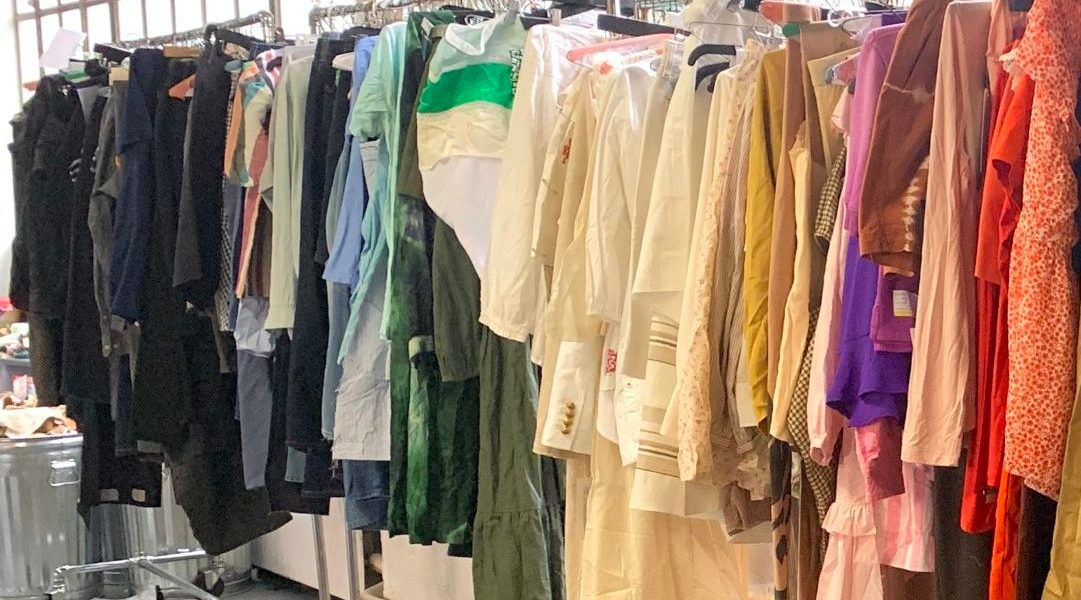POV: You walk into your favorite thrift store. You see a stunning dress that is perfect for this party you have next weekend. Only one problem, you get close to it and realize the bottom half is hideous. You decide it would still make a great top and that you can just cut the bottom part off.
Hot take: Don’t!
While you may be familiar with upcycling clothing, downcycling is really just the opposite. If upcycling is recycling something to have more value, downcycling is recycling to remove value. Upcycling is taking pieces of fabric that would not have been useful otherwise and making them into a dress. Generally speaking, downcycling is breaking down the fibers of fabric to create smaller units but this is just one example. As long as the value is diminished, the process is considered downcycling.
So back to our POV: why not just cut off the bottom part of the dress? You most certainly can but keeping things in thrift stores that you would have altered anyway is a great way to maintain the natural reason they exist in the first place. Not saying never shop in a consignment store, but don’t take it for granted and exploit cheap prices to make a quick buck or destroy something someone else may love.
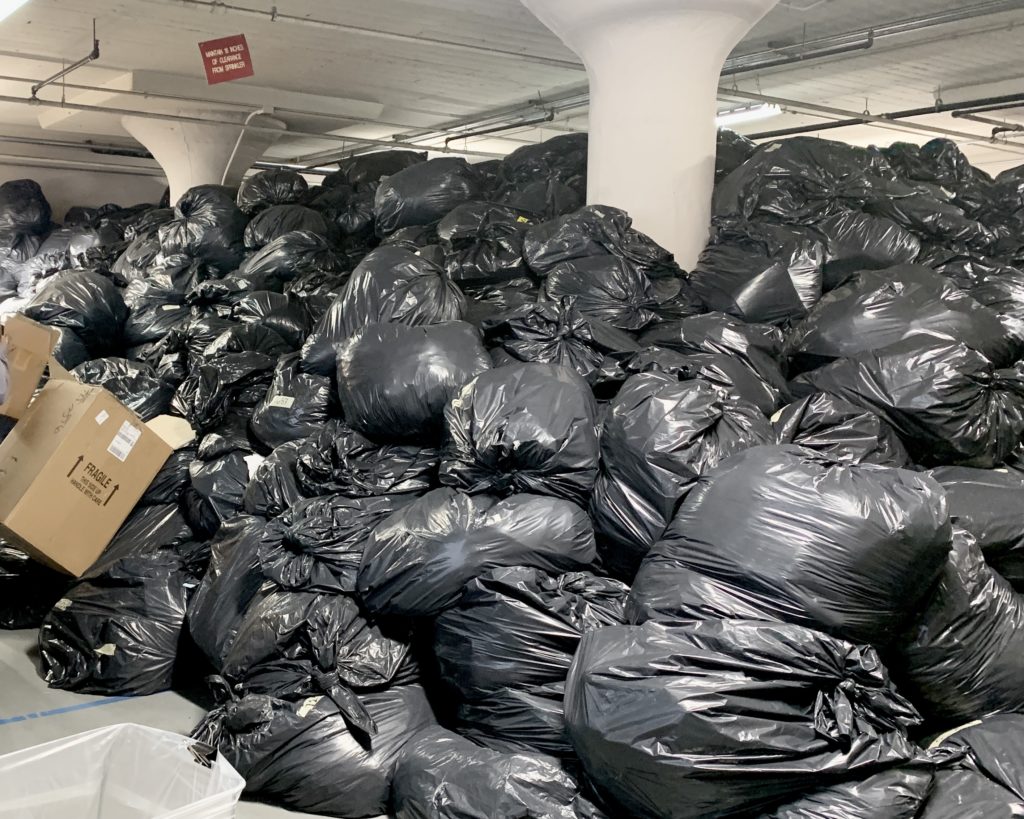
With upcycling becoming such a popular trend so fast, it has stopped people from really learning how to do it right. Upcycling is a great way to save clothing that is on its way out, not an excuse to throw away more garment scraps. If you do decide that you need that dress, make sure you downcycle or upcycle the bottom half! “Once fabric is downcycled, our hope is that it will be upcycled again. It is definitely a cyclical system in that way,” says Josh, an Online Store coordinator for FABSCRAP. FABSCRAP is a non-profit fabric recycling service that collects fabric destined for the landfill in hopes to give them a second life. “You always have to think of the garment as a whole,” adds Emi, another Online Store Coordinator.
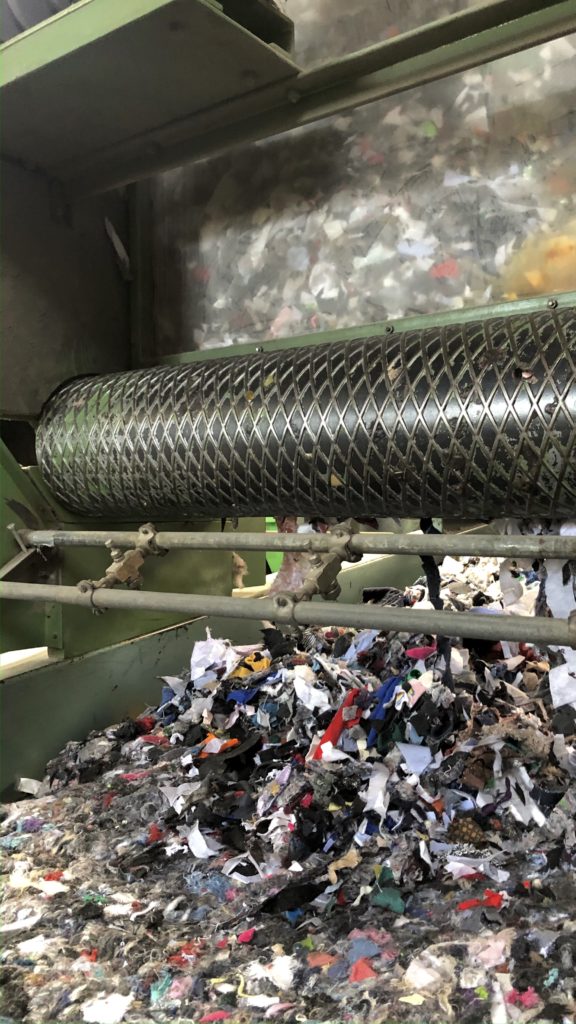
Downcycling may seem more environmentally friendly but it also has its challenges. Shredding is the main way many fabrics can be easily broken down into shoddy. However, many fabrics that contain small plastics cannot be shredded because the material will melt. This includes some polyester and all spandex, meaning that spandex cannot be recycled. For this reason, downcycling may not always be possible, so upcycling this fabric becomes even more important.
While they face their issues, upcycling, downcycling, and thrifting will always be useful if it keeps fabric waste out of the landfill. While shopping resale is usually fine, keep in mind why it exists in the first place and try not to contribute to the inflation of it. “It’s important to consider how upselling and upcycling may exploit thrift stores, which should remain accessible and affordable places for people of any socio-economic class to shop at,” says Emi.
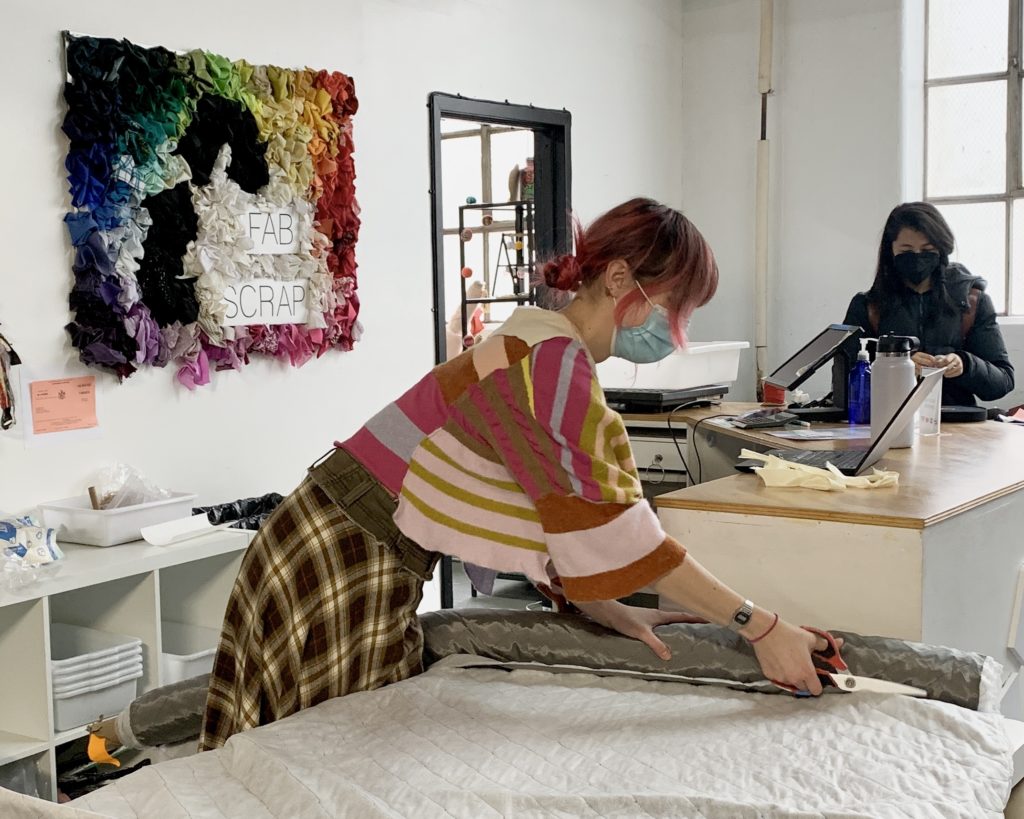
Ultimately, refraining from buying anything new will always be the most sustainable option. But what fun is that? If you do love buying new things, just be conscious of your purchasing decisions. Shop sustainable when you can afford it and shop at thrift stores for things you need and love. Upcycle fabric when mendable but try not to create more fabric scraps destined for the landfill. Downcycle fabric by recycling it through your local sanitation department or by dropping it off at FABSCRAP.
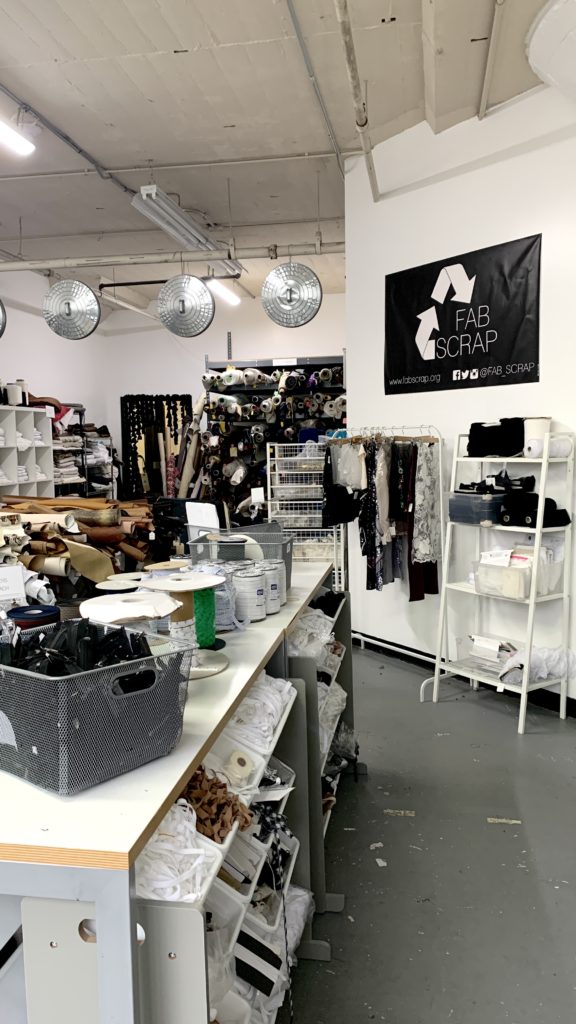
Remember the power in your purchase! Recycle scraps with FABSCRAP here.
Featured Photo courtesy of Emma Raguž.

